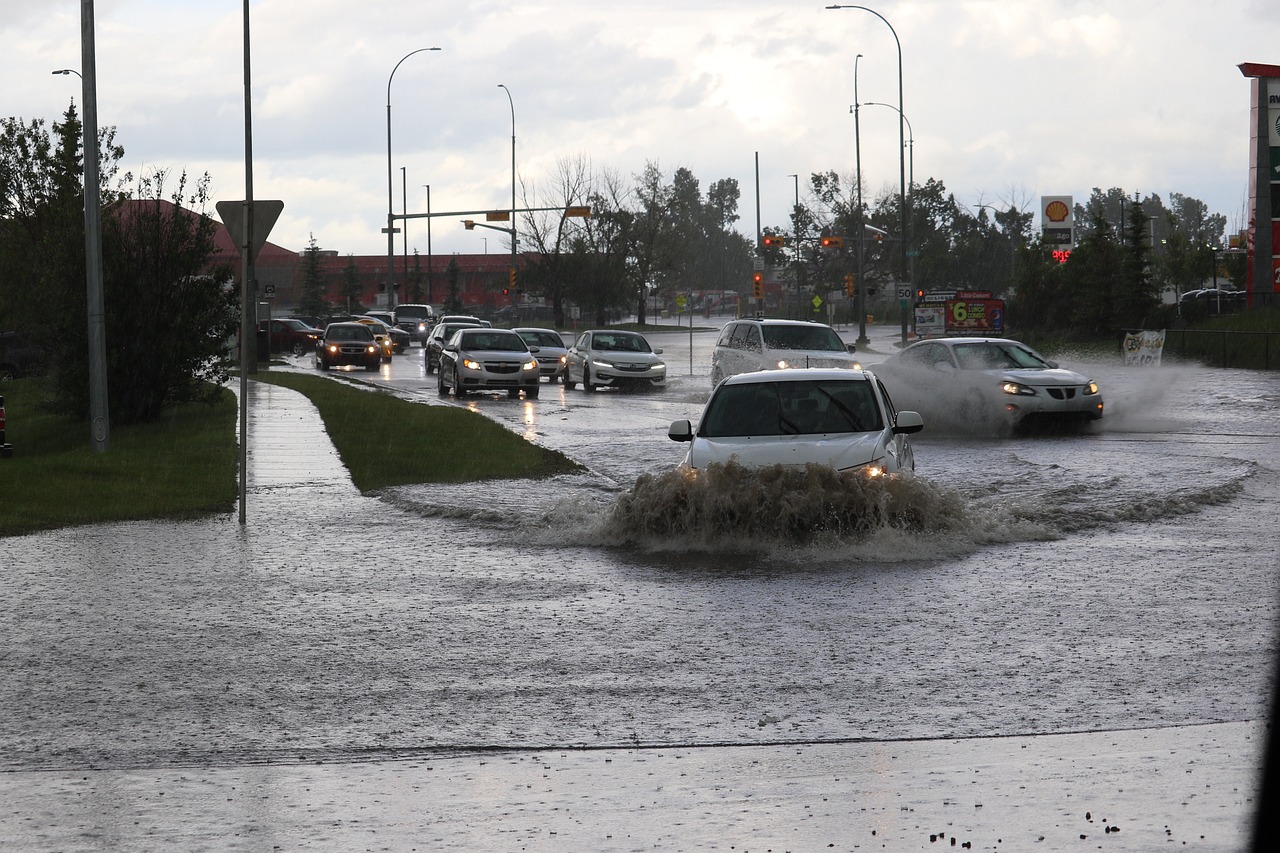Storm damage in Vienna requires the permanent deployment of the professional fire department, while squalls and heavy rain continue. The city also prepared for the rising water levels of the waterways, including the Danube.
Emergency services in continuous operation
Due to the weather, the Vienna Fire Department was called out to 400 incidents in the Austrian capital on Saturday night and Saturday. The majority of these were due to stormy gusts of wind. Broken branches had to be removed, loose roof tiles had to be secured, and fallen scaffolding had to be erected. Water ingress into buildings also occurred, and affected cellars had to be pumped out, fire department spokesman Gerald Schimpf told APA.
Squalls and heavy rain: Vienna’s professional fire department in continuous operation
In view of the weather forecast—it is expected to rain heavily in Vienna in the coming hours—they are “on heightened alert,” said Schimpf. Personnel and technical capacities have been increased, and the disaster relief service has been called in. The Süßenbrunn and Breitenlee volunteer fire departments are also in action and are out and about in the city.
Squalls are also expected to continue. The area around the Gloriette in Schönbrunn Palace Park was therefore closed. For safety reasons, the Tirolerhof entrance will remain closed until further notice.
Danube level rises: Vienna prepared for flooding
Water levels are also rising. The current level of the Danube at the Korneuburg measuring point is 5.85 meters – an increase of no less than 2.38 meters compared to the previous day. This is noticeable in Vienna in that the weir fields of the intake structure overflowed from a water level of 5.20 meters at Korneuburg. The Danube water then initially flows into the New Danube without any intervention. From a water level of six meters, the weir fields are slowly opened, and the flood water is diverted in a controlled manner.
“Thanks to the Danube Island and the New Danube, Vienna is prepared for large volumes of water for Danube flood protection. The flood control center of MA 45 in the intake structure in Langenzersdorf and the two other weirs 1 + 2 on the New Danube are currently manned around the clock,” the City of Vienna announced on X (formerly Twitter). At 21 kilometers long and around 210 meters wide, the Danube Island is “a huge protective structure” that flanks the New Danube as a relief channel for the Danube flow: “At high water levels, the New Danube relieves the Danube. The New Danube is equipped with three weirs.” The weirs are opened during floods: “This relieves the main stream and prevents flooding.”
The dam system in and around Vienna is designed for a flow capacity of up to 14,000 cubic meters of water per second, roughly equivalent to the largest flood ever measured in Central Europe in 1501.
The two pontoon bridges over the New Danube—the Copa footbridge and the Waluliso bridge—had already been retracted before the weekend for safety reasons. The Copa Cruise has also ceased operations.
Storms briefly paralyzed train services in Vienna
The levels of the Liesingbach stream and the Vienna River have also risen significantly, according to the professional fire department. However, there had not yet been any flooding.
Shortly before 4 p.m., train services between Vienna-Hütteldorf and Vienna-Meidling had to be temporarily suspended in Vienna. The reason for this was an “obstacle in the track area”, ÖBB announced.
- source: APA/Red/picture: Image by Chris “CJ” Johnson from Pixabay
This post has already been read 1321 times!



